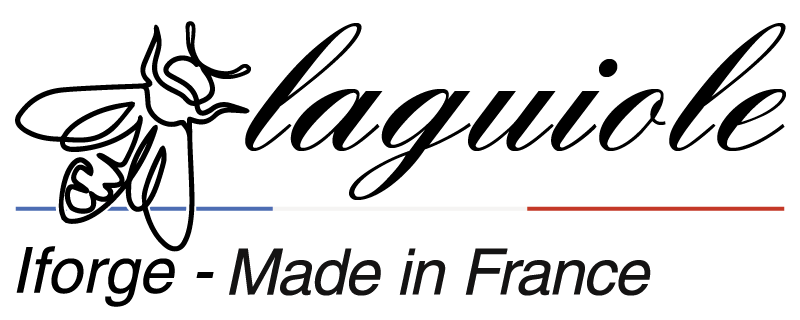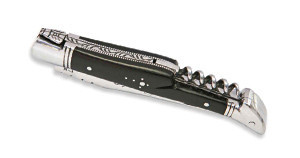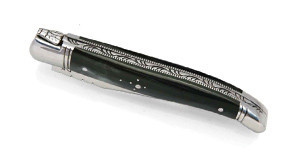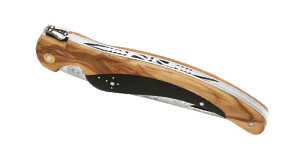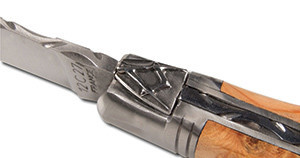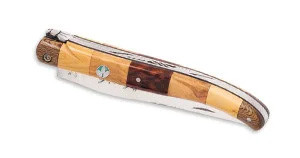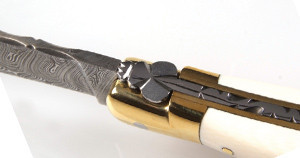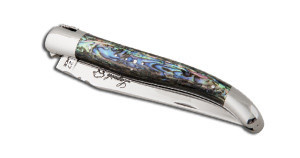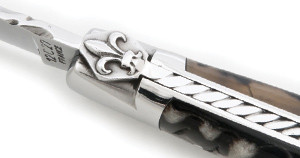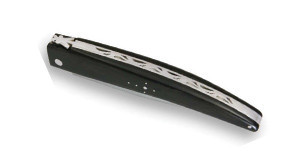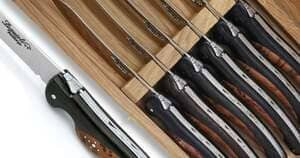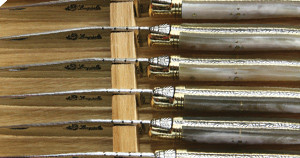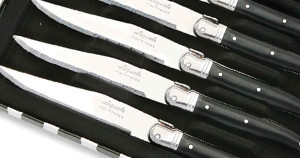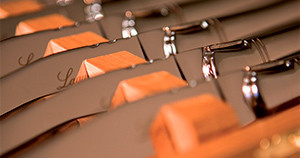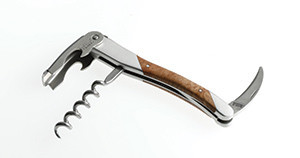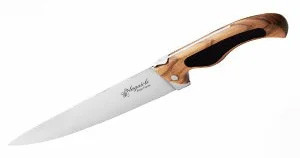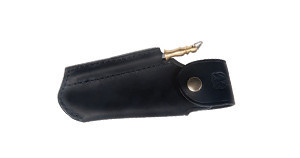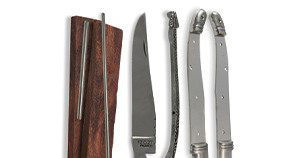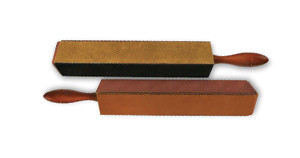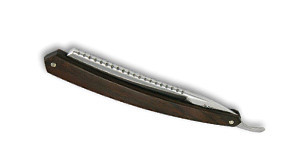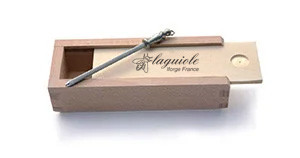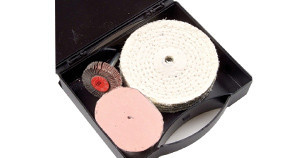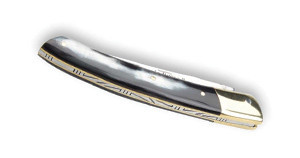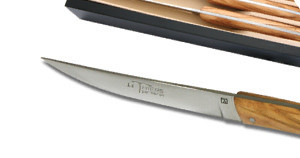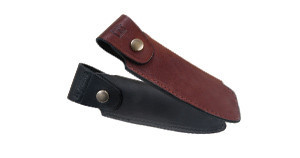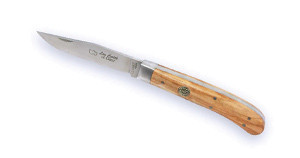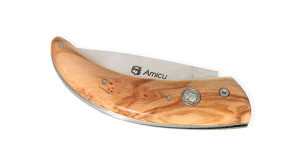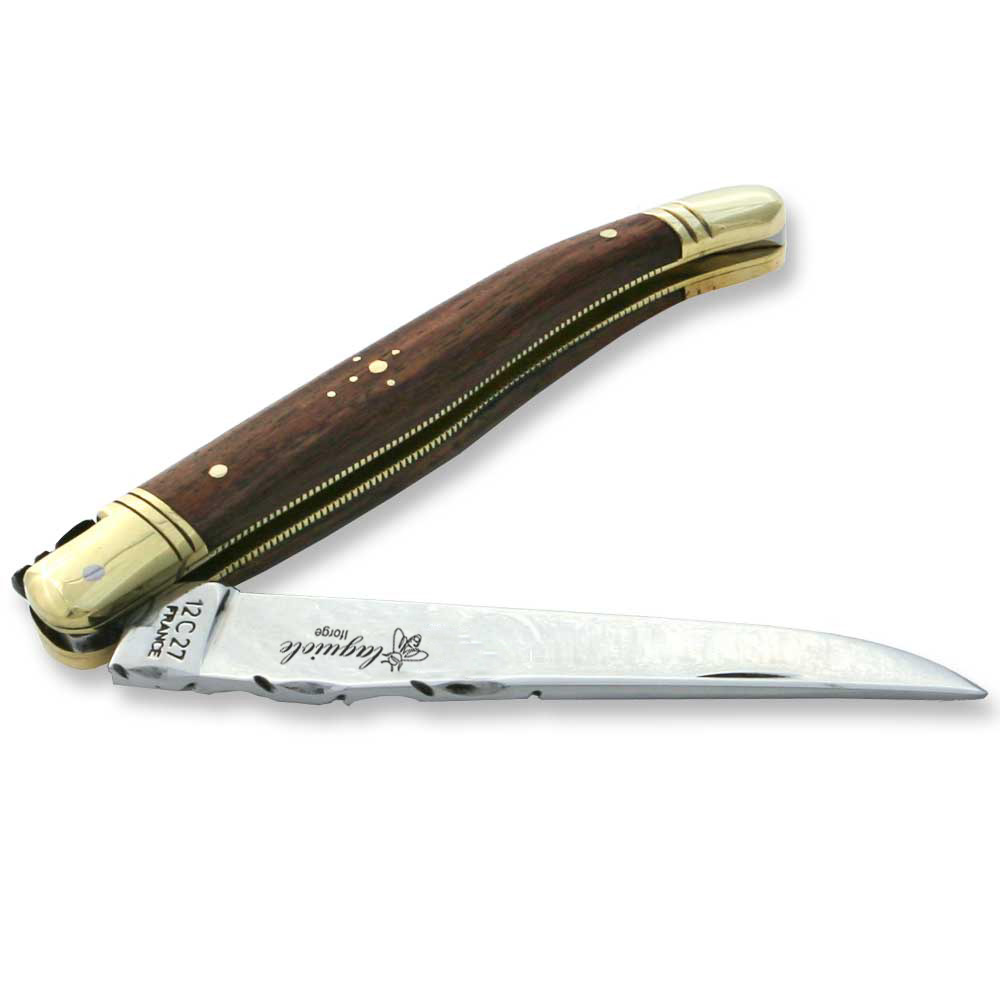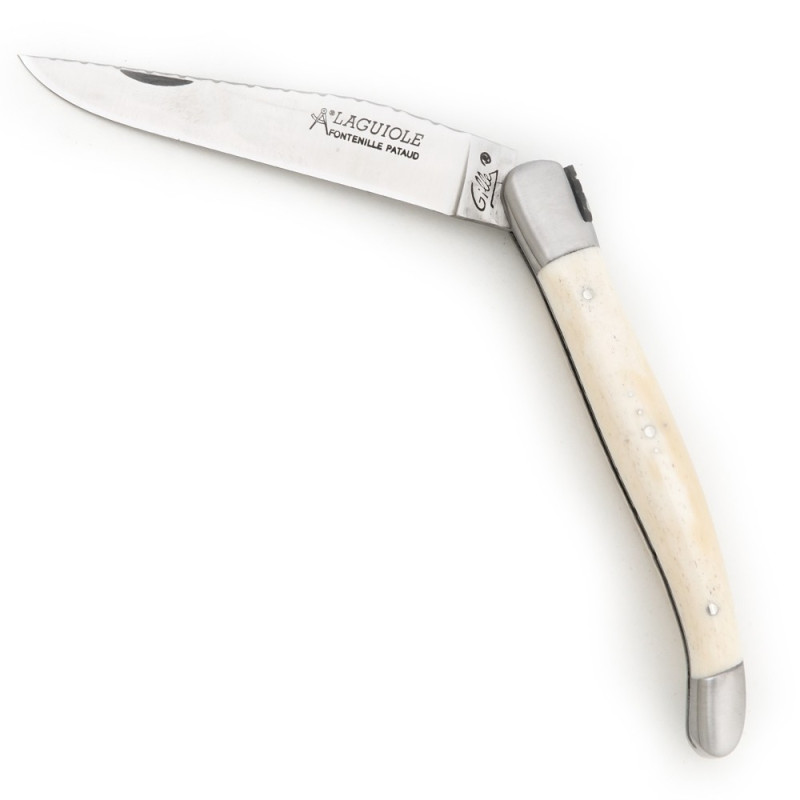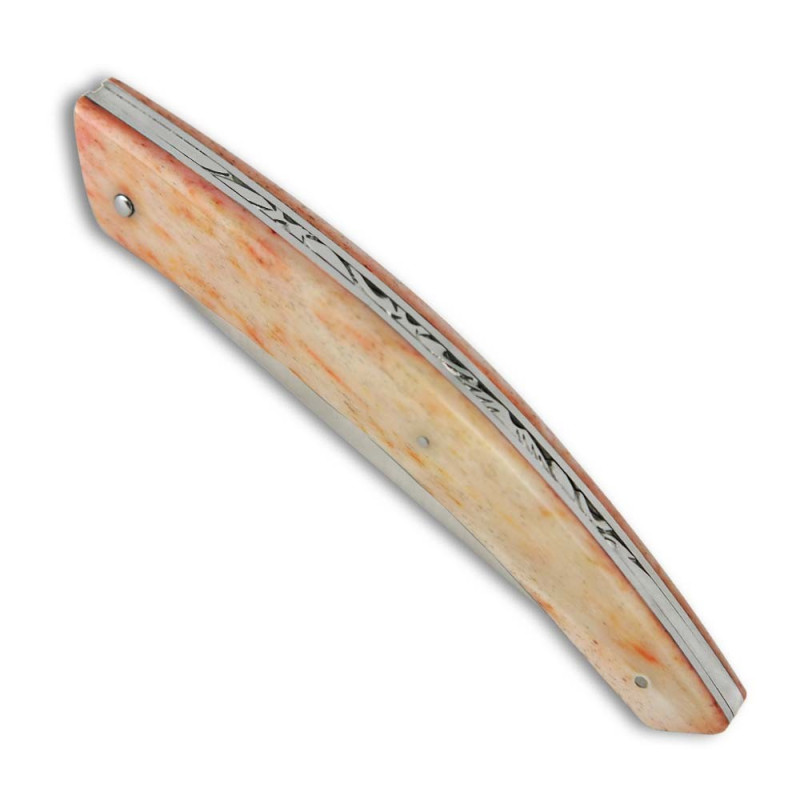Handle materials
The Club collects information from all amateurs of knife-makingIf you want to speak about something important for you, don't hesitate contact us.
.png)
Would you like a knife that stands out from the crowd? Want to know all about the precious materials used to make laguiole knives?
Our knifemakers take a look at the precious materials available for uniquely styled knife handles.
Precious woods.
While wood is a commonly used material for knife handles, some species are rarer than others in the palms of lovers of fine blades.
This is due to their rarity or the difficulty of shaping them. Most are precious tropical woods.
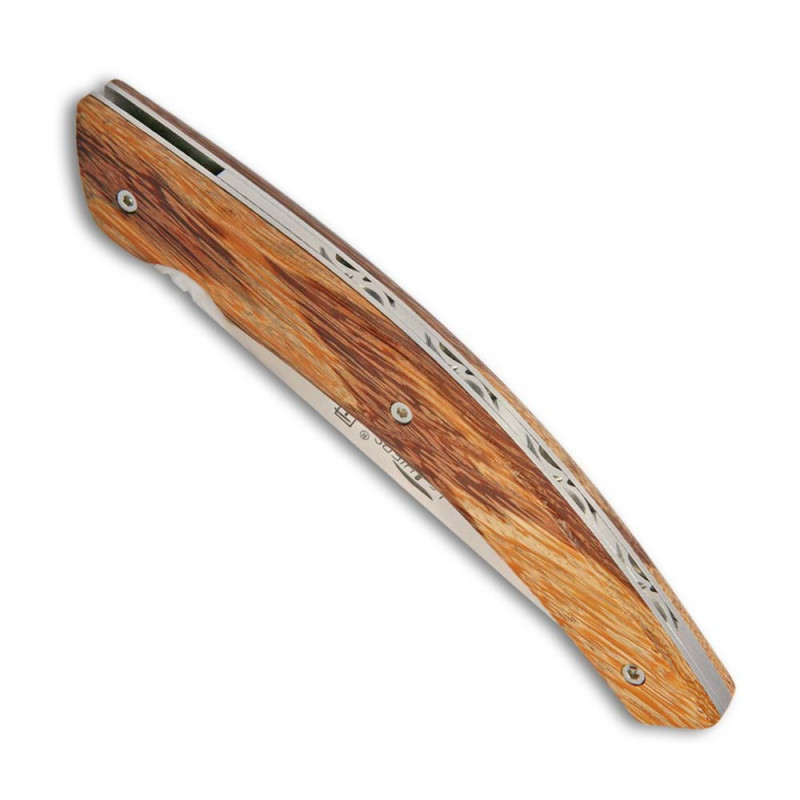
This category includes :
- Dalbergia, which includes the rosewoods: Indian rosewood (Dalbergia latifolia) and Brazilian rosewood (Dalbergia nigra ), but also rosewoods; these are hard woods that are easy to carve, and were used in marquetry, where rosewood was used to make flowers, giving it its name.
- Ambony (flidersia amboinensis) is a fine-grained wood with tangled grain. Its rarity and price have been high since the 20th century.
- Amourette (Brosimum guianense), once used with boxwood to make printing type, is still used in violin making.
- Snakewood (Marmoroxylon racemosum), particularly hard and complex to work.
- The ironwood of the American deserts, whose moiré reflections evoke butterfly wings.
Wooden magnifiers.

Ambony burl, cedar burl, maple burl, birch burl or holm oak burl.
Wood burrs are nodules in the grain pattern of wood. This woody outgrowth can be caused by insect bites, wounds, parasitic vegetation or localized sap flow in trees such as elm, ash, walnut, alder, boxwood or maple.
While wood is readily available in large quantities, burl is not found everywhere. This rarity and its attractive appearance make it a favorite choice of cutlers.
Heather is a particular type of burl that originates from the Mediterranean. Although originally used for pipe-making, it is also appreciated by cutlers for its tight grain and fascinating appearance. And it's not just its unique pattern that makes it so sought-after: burl is stronger and harder than straight-grained wood.
The different types of wood burl
- Burr walnut, a rather dark brown with large branches that create butterfly-wing motifs.
 Elm burl with blurred, light yellow-brown veining, patterned with small dots of various sizes.
Elm burl with blurred, light yellow-brown veining, patterned with small dots of various sizes.
- Ash burr, a light-colored wood with long, interwoven dark veins.
- Maple burl, a light-colored wood, sometimes speckled.
- Birch burl, with yellow, interlocking patterns flecked with dark dots.
- Boxwood burl.
- Mahogany burl , very fine-grained, with large, blurred grain patterns.
- Ambony burl, very fine, orange-colored patterns resembling breccia marble, forming partridge eyes.
- Yew burl, pale yellow.
- Cedar burl, pink-orange with fine leopard-spotted patterns.
Petrified or fossilized wood.
Also known as silicified wood, fossilized wood originated around 225 million years ago. Studied both in geology and paleobotany, petrified wood is a rather unusual stone.
Fossil trees are no longer made of wood, but of silicates, i.e. quartz. This is known as silification.
Some cavities are filled with agate, others with citrine, opal, amethyst or chalcedony. The composition of petrified wood is never homogeneous, depending on the minerals present in the water during petrification (quartz, silicate, etc.). Depending on the porosity of the wood and the chemical components present, fossilized wood will have different colors and patterns. Its hues generally range from brown to beige with shades of purple, but there are also flashes of green, pink and violet.
You've probably heard of morta, which is petrified wood from peat bogs. The formation of morta is linked to the partial preservation of wood in an anoxic environment. This configuration can be found in many parts of the world, including eastern Germany, Croatia and Austria.
In France, examples include the marais audomarois and the Brière.
In the case of the morta noir de Brière, this is an oak forest that was submerged 5,000 years ago. The wood is in the process of mineralizing, becoming loaded with silica.Morta rouge de Brière comes from a birch forest submerged 3,700 years ago. Source: Wikipedia.
Materials of animal origin
The fossilized mammoth molar.

As you can imagine, fossilized mammoth molars are rare. This material is found in the permafrost (part of the ground that never thaws) of very cold regions (Alaska, Siberia).
Preserved for centuries in the ice, the core of the tusk remains ivory-colored, but its surface becomes loaded with different minerals, giving it a variety of colors. These range from yellow-green to lagoon-blue for ivory preserved in ice, to caramel-brown, sometimes with superficial cracks or fissures, for ivory imprisoned in the frozen peat bogs of Siberia, and everything from beige to brown, red or black.
Bones.
Bone handles have been used since the dawn of mankind and are still very popular with knife collectors; in fact, it's the most common material today for classic pocket knives. Bone comes from animals that have died naturally, and from a wide variety of animals, including elephants and giraffes.
Animal antlers
In addition to bone, similar materials such as antlers (deer, elk, etc.), horns (sheep, cow, buffalo, etc.) and tusks (elephant, walrus) are often used.
Mother-of-pearl

Found in mollusks such as oysters, mother-of-pearl is the material that can eventually be transformed into pearls (hence its name). It is, of course, an expensive material, but extremely elegant and solid, making it ideal for the manufacture of top-of-the-range knives.
The ultimate in exotic beauty? Black mother-of-pearl, originally from Tahiti, but very rare. For a slightly lower price, consider abalone, which comes from the shell of a mollusc and is also very beautiful with its iridescent blue.
From white and black mother-of-pearl to iridescent abalone, natural coral comes in a range of colors from flame-orange yellow to deep red.
The handle plates can be made :
- titanium: this is a very light metal that combines mechanical qualities (ideal for springs) with aesthetic qualities: by anodizing, i.e. surface oxidation of the metal by an anodic current, the metal is tinted according to the alternating colors of the chromatic spectrum.
- Meteoritic iron: this rare material can be used to make bolsters and knife handles.
- Care and cleaning: abalone knife handles are very fragile and need to be handled with care. They will resist water due to their slippery nature, so cleaning is fairly straightforward.
Leather
You'll sometimes see knives with leather handles. The production process usually involves wrapping the leather around another material. In some cases, a series of leather washers are compressed and stacked on the tang of the knife and held together with contact cement. They are then profiled by grinding and finished to achieve an attractive appearance.
While leather knife handles are pleasing to the eye, they lack durability and strength. Leather is most often used to accentuate the contrast of knife handles made of bone, wood or other natural materials. Leather handles are unsuitable for everyday use. Leather absorbs moisture very easily and can become damaged.
Care and cleaning: Leather knife handles are not durable and easily absorb moisture, retaining it for a long time. Take care not to scratch the leather, and dry the handle immediately after washing by hand.
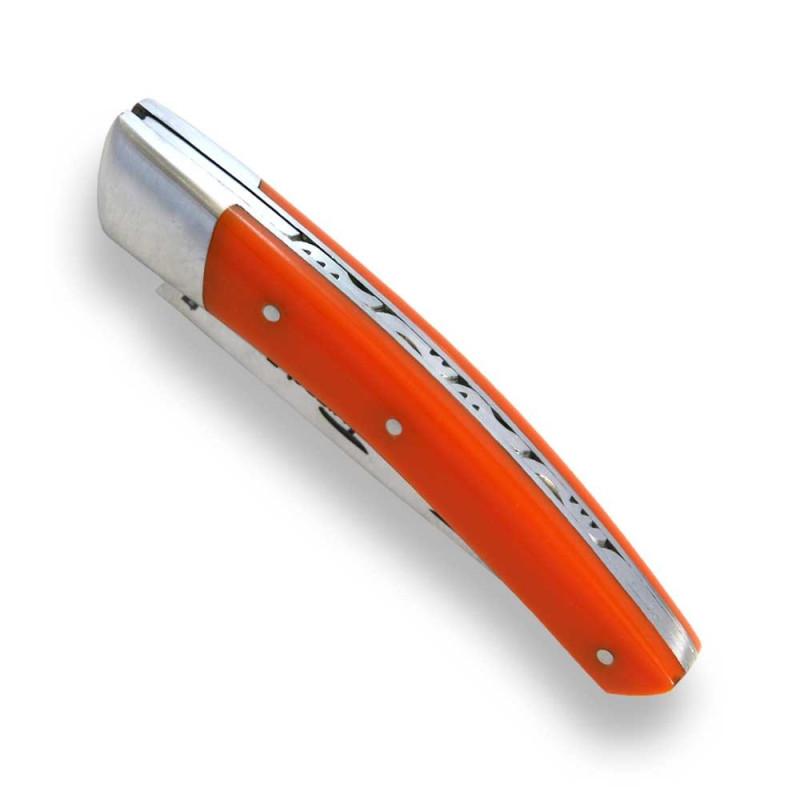
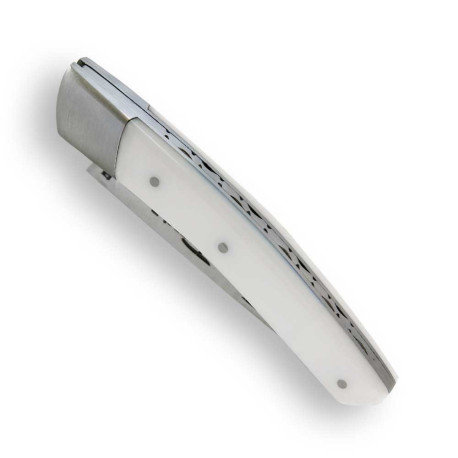

Minerals for knife handles.
Amber
Amber is the fossilized resin of ancient trees. Although mostly used in jewelry, it is relatively soft compared to precious stones. Its natural brilliance, sometimes combined with the presence of insects trapped inside, gives it a very attractive appearance. Amber is rarely used in knife handles due to its cost and the size of the stones available, but it is occasionally found in knife handles. Its magnificent luster, if properly enhanced, gives this handle a unique look!
Pine cone
Pine cone knife handles are made by casting natural pine cones in resin, then cutting them into scales to fit the knife blade. The resin can be dyed in a wide range of colors, including blue, red, green, orange, yellow, black and white. Given the unique nature of pine cones, no two designs are exactly alike.
Info: anything can be cast in resin... This material therefore allows for every possible fantasy: you can inlay anything you like into resin: diamonds, mechanisms, coins, bird feathers...
Stone - gems

To work with stone, you need a complete lapidary workshop. Precious stones must be worked under a special oil or water, and never heated during cutting or grinding. This material must be cut with diamond saws operating under a special coolant based on pure mineral oil, and the cut must be perfectly controlled.
To shape the rock, it must be ground with diamond or silicon carbide lapidary wheels, under water or oil. Finishing stone is very tedious and sometimes delicate, which explains why few knife handles are made from this demanding and singular material.
Stone is impervious to all liquids, salts, chemicals and exposures to which a knife may be subjected. It's hard, so it won't scratch. They are almost as resistant as the blade (agates, nephrite jades, flint, granites, quartz and jasper).
You won't find many cutlers supplying this type of handle, which is very demanding to manufacture, but that's what makes it so special!
Before you treat yourself to a knife with a precious handle...
Before buying a knife with a handle made from a precious material, think about how you're going to use it.
If you're going to be using your knife on a regular basis, you'll want to choose a material that's robust and easy to maintain, otherwise you'll quickly damage your precious gift.
What do you think? Which piece of cutlery inspires you the most? Comment and share your opinion!

